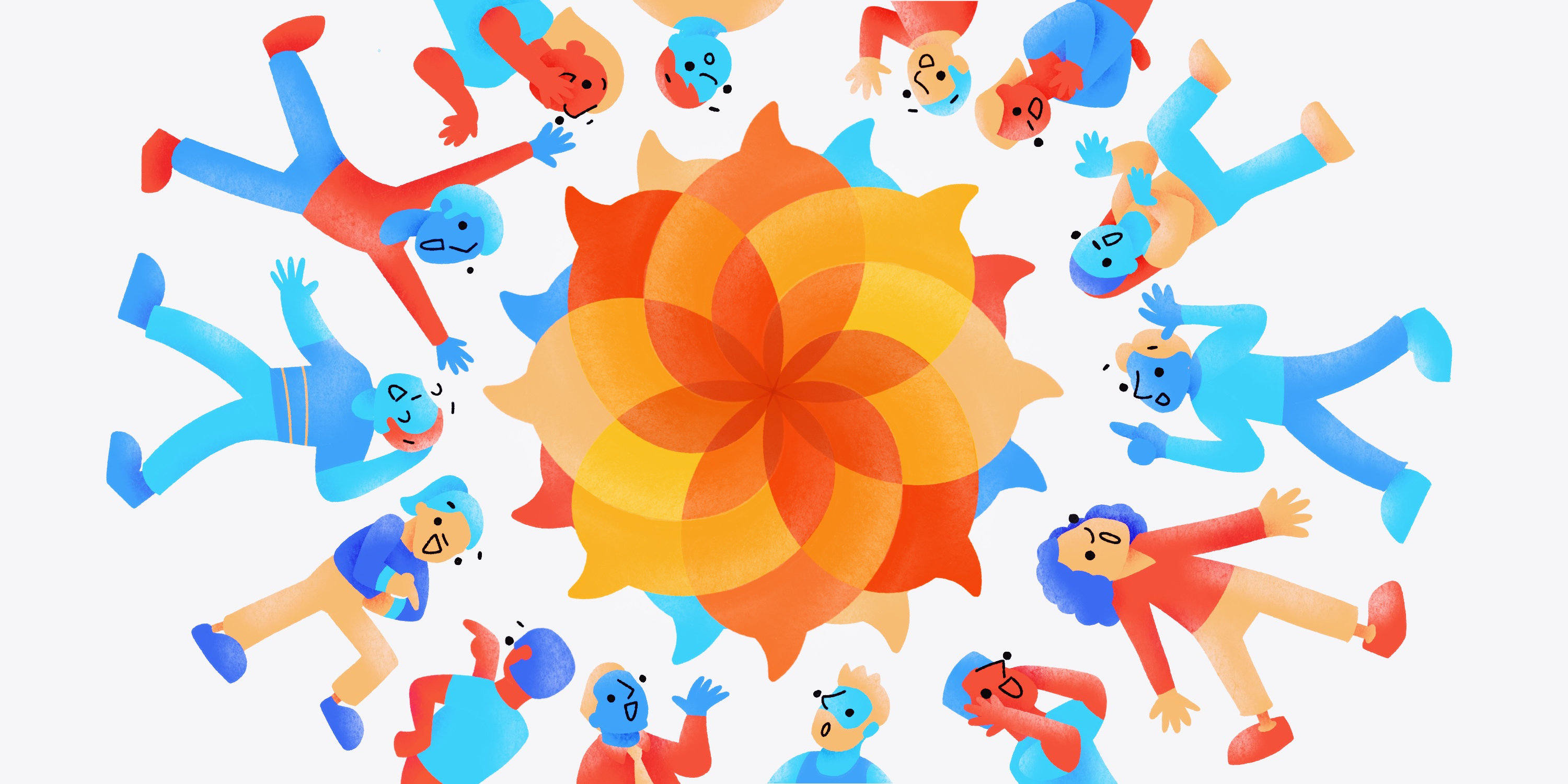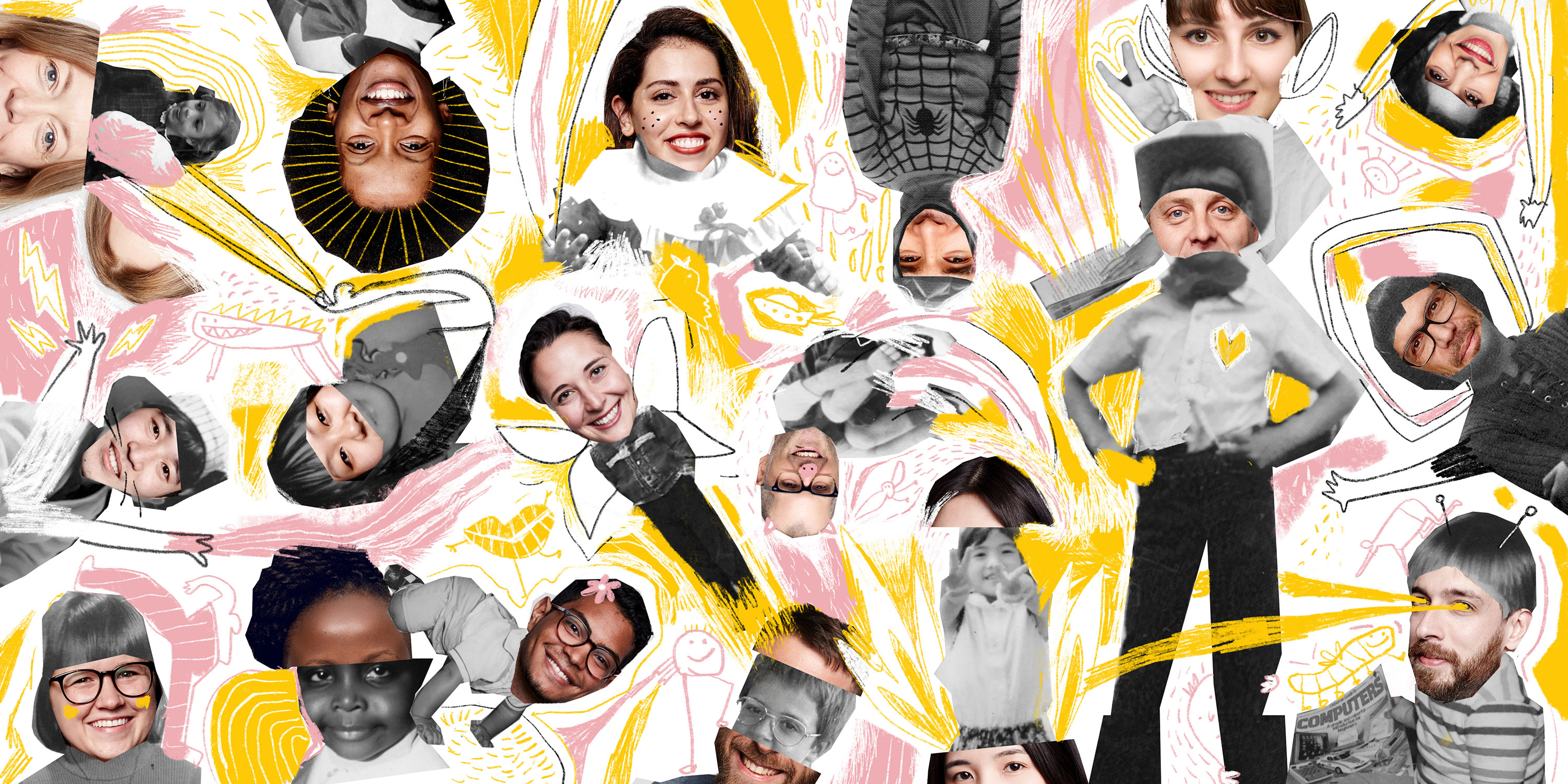What drinking coffee can teach us about designing the future of space travel
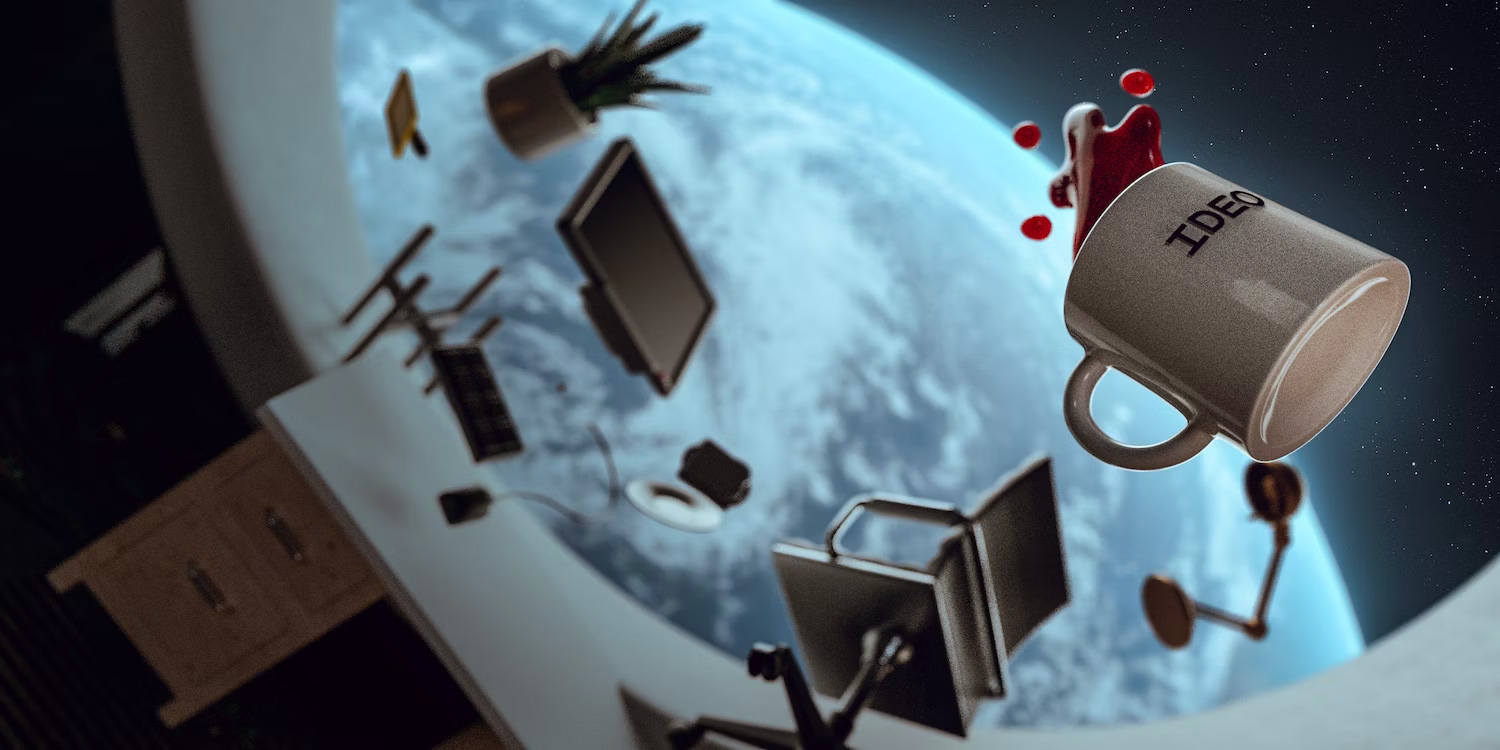
Before you start reading, make yourself a cup of coffee. Got it? Great. Now dump it in a plastic bag, and try to drink it with a straw.
This is what it’s like to drink liquids in space. Ugh, right?
In space, a pouched drink is a simple and functional solution that prevents liquid from spilling and floating around the station. However, drinking coffee isn’t just a means to hydrate—it’s an experience. And for some astronauts, that experience has been lacking.
In 2008, Don Pettit, a NASA astronaut on his second mission aboard the International Space Station (ISS), casually prototyped a cup by folding an overhead transparency film he found aboard. Taking advantage of the behavior of liquid in zero gravity, he calculated the folding angle so that the coffee climbed up the transparency to the edge of the cup. The result was a teardrop-shaped Zero Gravity Cup that provided a familiar drinking experience, this time with a magnificent view of Earth.
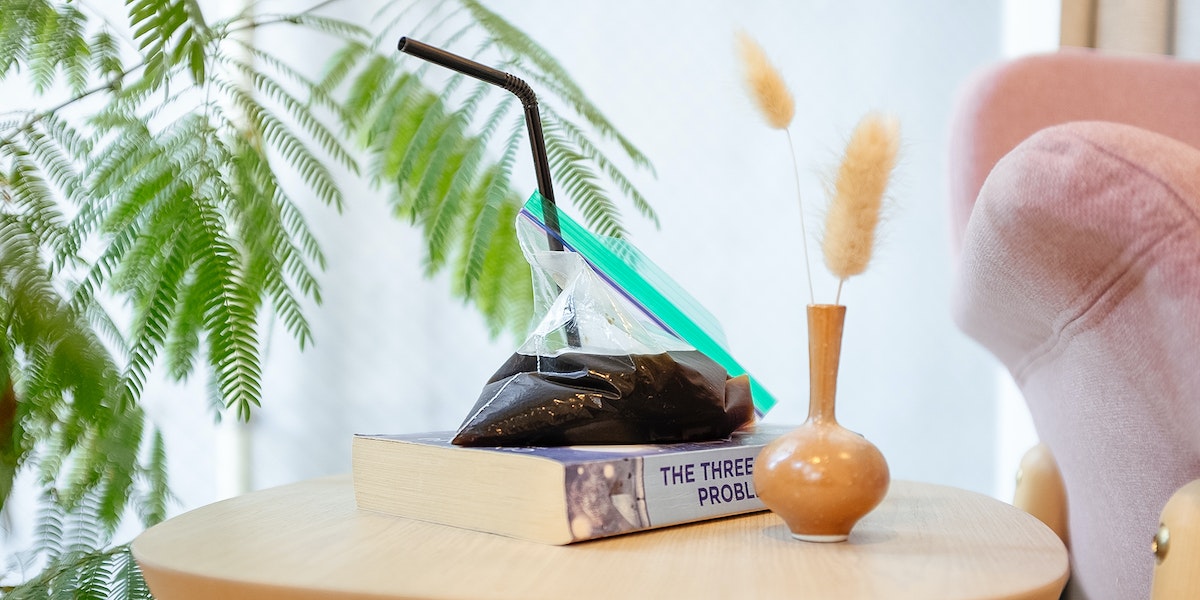
Until now, space agencies have worked to maximize safety and minimize the cost of crewed missions. But as private companies begin to send civilians to space, they’ll need to provide a better experience for their customers and double down on adding curiosity and delight to our explorations into the unknown.
Designing a space travel experience
Imagine that you’ve just won a ticket for a three-day trip to the ISS. Once aboard, you feel thrilled to float around in zero gravity and gasp at the majestic view of Earth beneath you. But after a few days of bumping into walls and your fellow travellers, eating packaged meals, and using tube toilets, your precious out-of-this-world vacation starts to feel like an ordeal.
Inspired by Don’s playful curiosity, a team of colleagues at IDEO decided to tackle the zero gravity environment through some out-of-this-world design exercises to explore the untapped potential of the burgeoning space travel market. Here are some of the guiding principles we’ve come up with to create unforgettable experiences that elevate the everyday in space.
1. Lead the way through play

Zero gravity—technically microgravity— is a stressful and even harmful environment for earthlings. Simple movements require you to use your body in a completely different way. To enable a truly delightful visitor experience, visitors need to acclimate and relearn how to use their bodies. By helping people navigate this new environment through the lens of play, they can get creative about hacking their bodies to befriend zero gravity.
As children, we all learned through play. Creatively confident, we embodied a curious mindset that empowered us to explore and push the edges of what we were capable of. Remember when we played lava in our living rooms and decided that the floor would burn our feet? Imagine what the emotional foundation for space travel would look like if we returned to these playful mindsets.
2. Elevate the whole journey
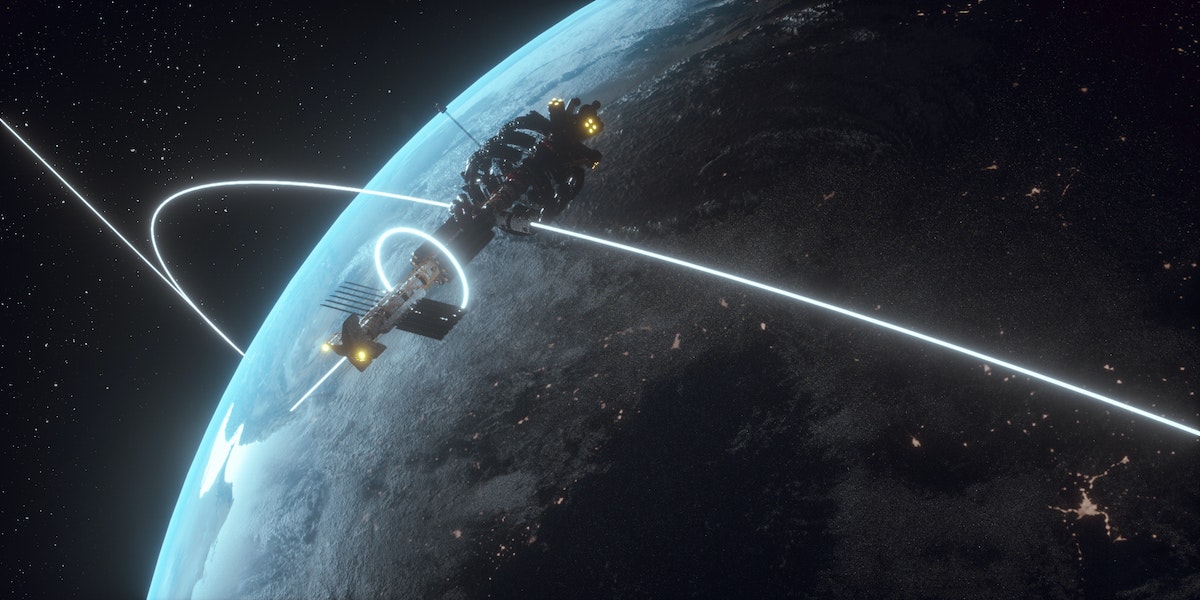
The climactic moment of space travel might well be the very first moment you reach orbit. But that also implies that the excitement can diminish over the course of your stay.
As we grow older, we learn to optimize the path between places and forget to enjoy the journey itself. However, many other unforgettable moments await you on your journey around Earth. Moments such as watching the sunrise every 90 minutes, soaring over different continents at an incredible speed, or witnessing the Aurora Borealis from above. Let’s take a nod from game design and storytelling crafts, which skillfully utilize pacing to create a sense of adventure and build narratives that stick with visitors. Or from experience design, by proactively asking how visitors might be emotionally transformed by their journey. There are opportunities to build continuous excitement over the course of the journey, gracefully transitioning from each experience into the next, from launch to landing.
3. Default to designing inclusive experiences

The world’s first all-commercial astronaut mission to Earth’s orbit aboard SpaceX’s Crew Dragon includes passenger Hayley Arceneaux, a childhood cancer survivor with a prosthesis in her leg. While traditional astronaut exams preclude her, private spaceflight allows more flexible requirements. Soon, people with different physical and mental abilities will visit space, and some conditions might even be advantageous, such as deafness, which typically makes people immune to motion sickness.
Even those considered able-bodied on Earth should expect to experience their abilities differently during space travel. We are not made for zero gravity environments. As Miriam Kramer aptly put it in her article for Axios, “Designing spacecraft for people with disabilities would make life easier for all astronauts, even those considered able-bodied.” Through designing from the lens of human experience, we have a chance to reset expectations and intentionally create moments where more of us feel welcome into the experience.
Our increasing ability to travel in outer space is already changing people’s mindsets around stewardship of the Earth, and we need to design travel experiences to align with and spotlight this paradigm shift. While initial access to space may be limited to wealthy people, designing an enjoyable and impactful experience ensures long-term prosperity of the space tourism industry, and paves the way for more of us to bring world-changing learnings back to Earth.
In space, our earthly common sense no longer holds true. As the music band OK GO elegantly put it, “Gravity is just a habit.” Up there, we must fundamentally change our approach to design. Up there, the lack of gravity exposes the true human value of an experience and every experience is now ours to reimagine.
Words and art



Subscribe

.svg)








